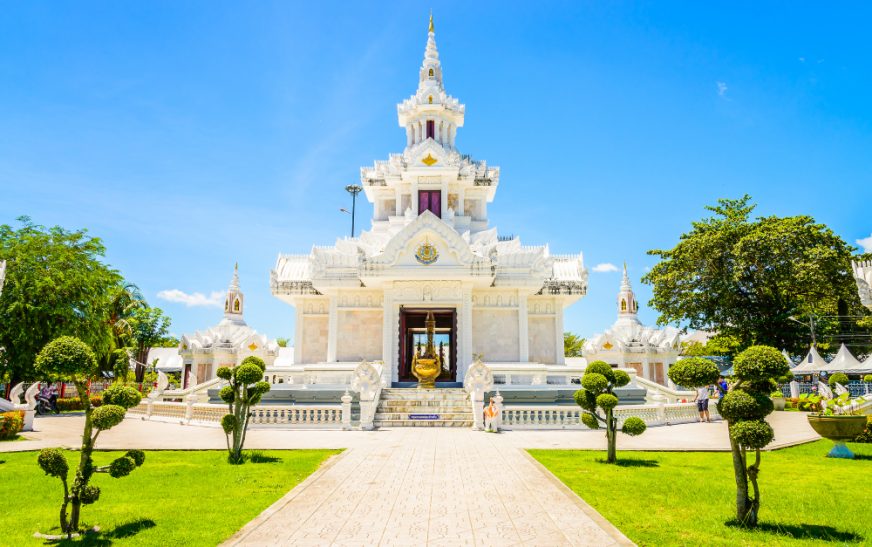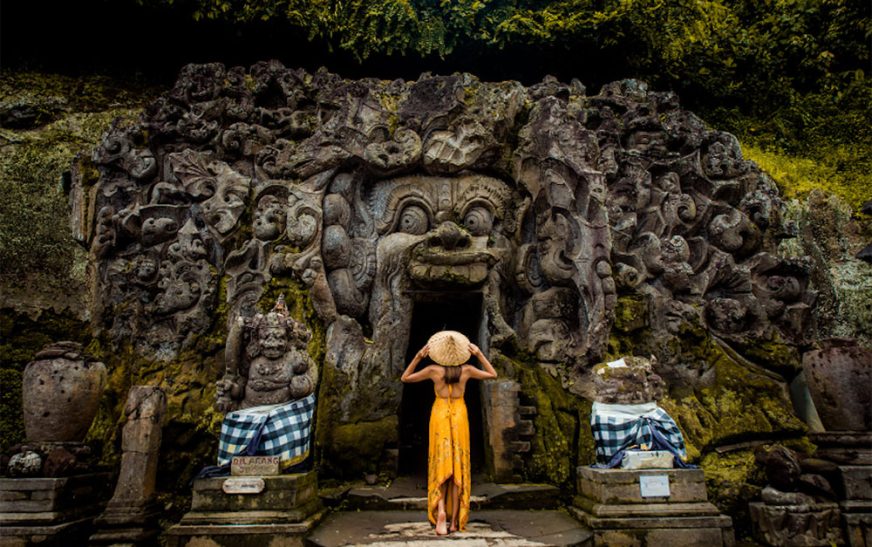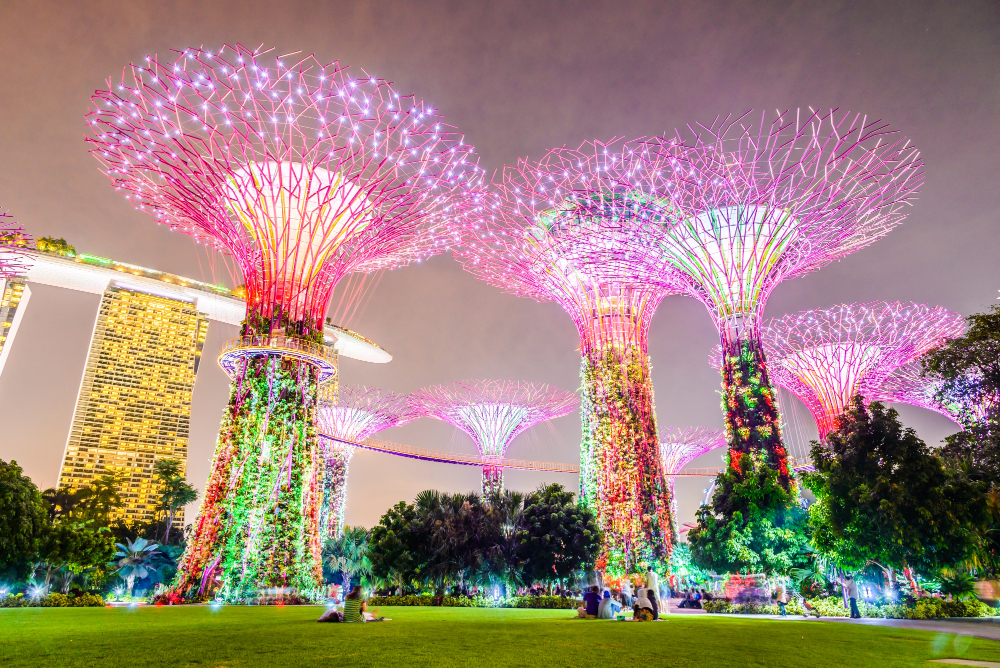Nestled in the heart of Chiang Rai, Thailand, The White Temple, or Wat Rong Khun, stands as a testament to the intersection of spirituality, art, and mythology. Designed by the visionary artist Chalermchai Kositpipat, this contemporary temple is not only a visual marvel but also steeped in a rich tapestry of myths and legends. In this article, we explore 15 fascinating tales that surround The White Temple, providing insight into its cultural significance and the stories that make it a must-visit destination.
1. The Legend of the Temple’s Creation
The White Temple was envisioned by Chalermchai Kositpipat in 1997, driven by a desire to create a structure that would symbolize the importance of Buddhism in contemporary life. However, local folklore suggests that the temple’s location was once a haunted site. Legends say that it was built on land where spirits roamed, which Chalermchai intended to purify through the creation of the temple.
2. The Color White and Its Symbolism
The predominant color of the temple, white, symbolizes purity and the teachings of Buddha. According to legend, the choice of white is not merely aesthetic; it is said to represent the purity of the Buddha’s heart. The temple’s design aims to reflect the eternal nature of the mind and spirit, and the white color is believed to repel evil spirits, ensuring that only good fortune may enter.
3. The Story Behind the Glass
In addition to its white facade, The White Temple is adorned with thousands of mirrored glass pieces that sparkle in the sunlight. One myth suggests that these pieces of glass symbolize the reflections of the Buddha’s teachings, illuminating the minds of those who enter. As visitors walk through the temple, they are encouraged to reflect on their own lives and the journey towards enlightenment.
4. The Bridge of the Cycle of Life
Crossing the bridge that leads to the main temple structure is a significant act, representing the journey from the earthly realm to spiritual enlightenment. Legend has it that the bridge signifies the crossing from the cycle of life and death (samsara) to nirvana. The many hands reaching up from the ground symbolize the souls trapped in the cycle of suffering, desperately yearning for salvation.
5. The Myth of the Guardian Spirits
At the entrance of The White Temple, two fierce guardian statues stand vigil. Local lore suggests that these guardians ward off evil spirits that might disrupt the sanctity of the temple. One statue is said to embody the qualities of strength and vigilance, while the other represents wisdom and protection. Together, they symbolize the balance of power and knowledge in the pursuit of spiritual growth.
6. The Serpent and the Sacred Lake
The White Temple features a small lake filled with golden statues of serpents. According to legend, these serpents symbolize protection and transformation. It is believed that those who throw coins into the lake will receive blessings from the serpent spirits, enhancing their spiritual journey. The water is said to cleanse the soul and wash away negativity, preparing visitors for their experience inside the temple.
7. The Tree of Life
Within the temple grounds, a striking mural known as the Tree of Life depicts various scenes from Buddhist teachings, alongside more contemporary imagery, including pop culture references. A local legend suggests that this mural serves as a reminder that all life is interconnected, and that the choices we make ripple through the universe. Each branch of the tree represents different aspects of existence, emphasizing the importance of compassion and understanding in our daily lives.
8. The Myth of the Buddha and the Devil
In the temple’s interior, a famous mural portrays a striking contrast between good and evil, depicting the battle between Buddha and the devil. This scene represents the eternal struggle between light and darkness, a recurring theme in Buddhist philosophy. Legend has it that witnessing this mural can inspire visitors to confront their inner demons and strive for a balanced existence.
9. The Prophecy of the Temple’s Completion
While Chalermchai Kositpipat began the construction of The White Temple, a local legend foretold that the temple would not be completed until the artist’s soul has transcended. Some believe that the temple is a living entity that reflects the artist’s journey towards enlightenment. As he continues to add to the temple, many visitors see it as a manifestation of his dedication to Buddhism and the search for truth.
10. The Cursed Grounds
Another intriguing legend surrounding The White Temple is the notion that the land itself is cursed. According to local folklore, the spirits of those who once inhabited the area have not found peace. The construction of the temple is seen as an act of reconciliation with these spirits. Visitors are often encouraged to pay respects and offer prayers to honor the past and bring harmony to the site.
Conclusion
The White Temple is more than just an architectural wonder; it is a spiritual sanctuary that weaves together a rich tapestry of myths and legends. Each story adds depth to the experience, allowing visitors to connect with the cultural and spiritual significance of the site. As you explore The White Temple, take a moment to reflect on these fascinating tales and consider how they resonate with your own journey toward enlightenment.
FAQs
1. What is the significance of the color white in The White Temple?
The color white symbolizes purity and the teachings of Buddha, representing the purity of the Buddha’s heart and the rejection of evil spirits.
2. Who designed The White Temple?
The White Temple was designed by Thai artist Chalermchai Kositpipat, who aimed to create a contemporary structure that embodies Buddhist teachings.
3. Are there any entrance fees to visit The White Temple?
Yes, there is an entrance fee to visit The White Temple, which helps fund its ongoing construction and maintenance.
4. Can visitors take photographs inside The White Temple?
Photography is allowed in certain areas, but visitors are advised to be respectful and follow the guidelines set by the temple authorities.
5. What are the best times to visit The White Temple?
The best times to visit are early morning or late afternoon to avoid crowds and experience the temple in a serene atmosphere.










